
One of the many ways to get you on and off the lawn faster is to reduce the effort and time it takes to trim around trees, beds, and other landscape features. The Walker easily and precisely trims more beds and raised obstacles in one pass saving you time over and over again.
Trim Coupling is the distance from a trimming point* on the deck to the point where it intersects the projected axle line of the drive tires at a right angle.
Trim Overhang is the distance between the Trim Coupling intersection with projected axle line and the outer edge of the drive tire.
Using a concrete seam or a metal square, you can easily estimate, or precisely measure, these two values; the result calculates a mower's physical ability to trim around an obstacle.
Review the example and test it out yourself by entering the measurements of your mower's trim coupling and trim overhang.
*Most accurate results come from decks with contoured housings where blade tips are close to the deck edge.

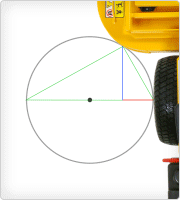
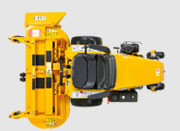
Coupling: 107⁄8 in
Overhang: 7 in
Trim Radius: 1 ft
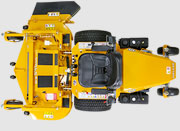
Coupling: 14½ in
Overhang: 3¾ in
Trim Radius: 2½ ft
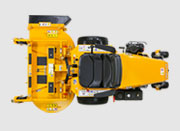
Coupling: 141⁄8 in
Overhang: 3 in
Trim Radius: 3 ft
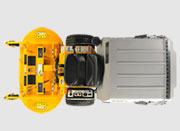
Coupling: 155⁄8 in
Overhang: 3½ in
Trim Radius: 3 ft
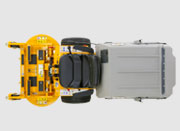
Coupling: 17¼ in
Overhang: 27⁄8 in
Trim Radius: 4½ ft
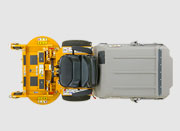
Coupling: 177⁄8 in
Overhang: 2¼ in
Trim Radius: 6 ft
More time on the mower means less time spent with hand trimmers. Take a look at the difference in the area we could trim with various mowers used during our property studies. Time in the seat is better than time on your feet.




Select a mower to see it's trim map
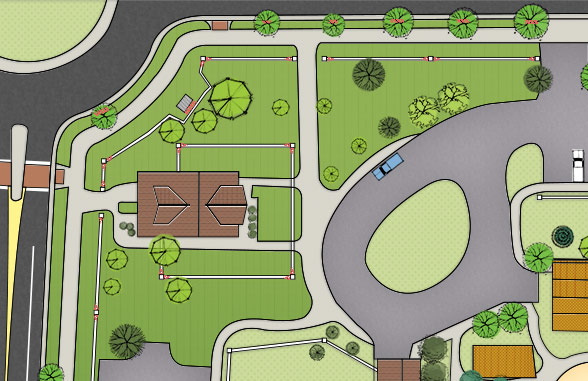
Explore the data behind The Walker Advantage: Productivity.
Explore how much time a Walker Mower can save you.